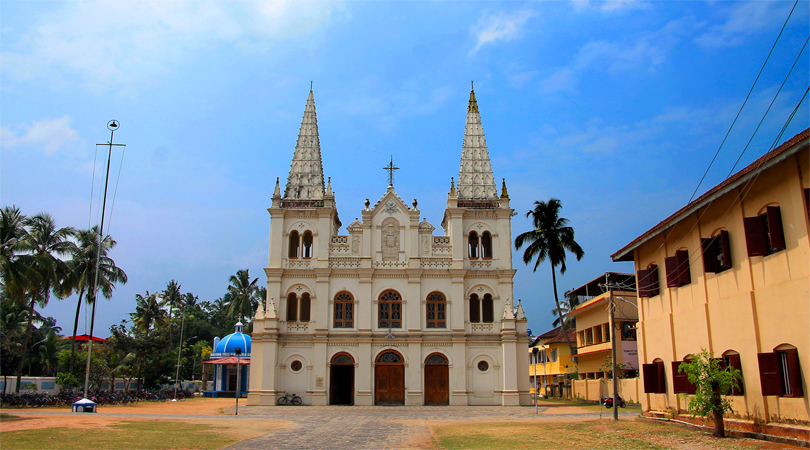
Even today, Cochin or Kochi and its inhabitants restore everything that is old, that is valuable. Stroll through Fort Kochi and you will see how the impressive riches of the Malabar coast had a compelling charm to merchants from Rome and the rest of Europe.
Strolling through Fort Kochi is the ideal approach to investigate this really minimal Old Town. As you pass through the city will make you realize the importance of the architectural quirks and historic remnants in the modern cities of India. Strolling through the tree lined paths goes up against you into a discovery of one of the most imperative antiquated port city of India known to spice traders over the world. If you have the craving for a wonderful vacation, while you explore the old remnants and enjoy the modern luxuries at the same time, along with the genuine hospitality of the locals, Kochi is the city visit. Well, checking for the available mediums to reach the city, say Bangalore to Cochin flights or Mumbai to Cochin trains, and the hotels, is a good thing, however here are some places that you must visit while in the city:
Vasco House
After you are done exploring the basilica, not far off at the intersection of Rose Street there stands an old, weathered Portuguese bungalow on this island town. Built as early as in the 1st half of the sixteenth century it is said this house had been the once the residence of Vasco da Gama.
Santa Cruz Basilica
Portuguese built this Church and inside of its walls there is the golden history of the ascent and fall of not just one but multiple administrations. In 1558, the Church was recognized as a cathedral. The British administration took control of it in 1795 and demolished the shrine. However, over a century later another building was built at the same location and one more century down the line Santa Cruz was recognized as a basilica in 1984.
St. Francis Church
Considered as the oldest European Church in the country, St. Francis was initially a Roman Catholic amid the Portuguese period from the 1503 till 1663. With the ascent and fall of administrations, the Church has witnessed change in the administration from the Dutch Reformist till the year 1804 to the Anglican till 1947. Today, it is currently a part of the Church of South India. Vasco da Gama initially was buried here in 1524. Later his mortal remains were taken back to Portugal and reburied there. However, the gravestone is still protected in the church.
Source: Flickr.com
Bastion Bungalow
Not far from the city center there is the Bastion Bungalow. You will cross the St. Francis Church on your way, however you can keep for a visit later. The Bastion Bungalow stands picture flawless into the roundabout structure of the old bastion and overlooking the harbor entrance. It was built in 1667, and today is a heritage cottage showcasing a perfect mix of the Indo-European architecture style. A run of the mill first floor veranda and tiled rooftop are the main things to see. Although there are countless stories of mystery passages beneath the house, but none has ever been found.
Source: Flickr.com
The Dutch Cemetery
A ten minutes’ stroll from the David corridor is the Dutch Cemetery. Completed in 1724, the burial ground is presently a part of the Church of South India. The tombstones demonstrate the veracity of the colonial administration that the whole world saw in the seventeenth, eighteenth and the nineteenth century. Innumerable men and women had left Europe and taken an interest in this most charming adventure that Fort Kochi alongside the renaming world encountered.

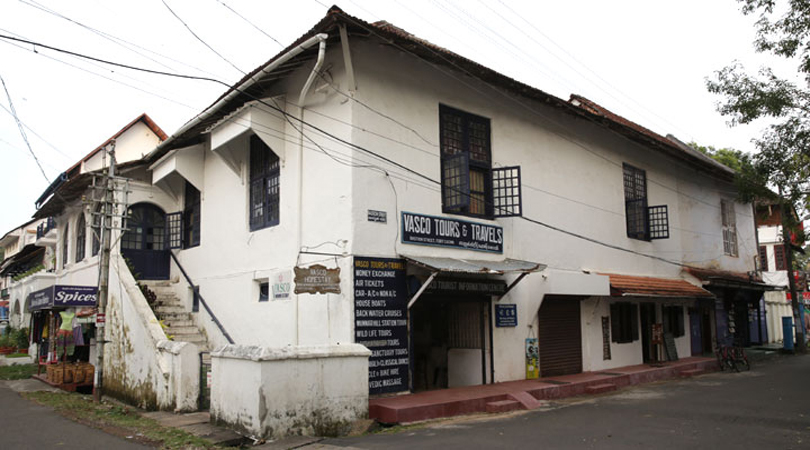
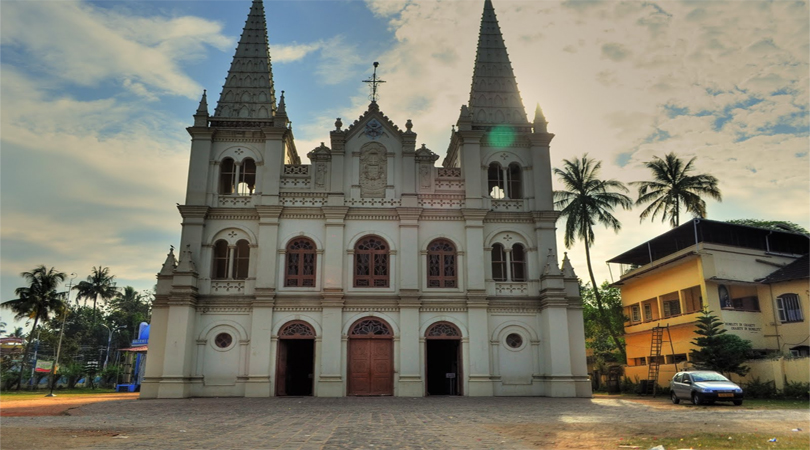
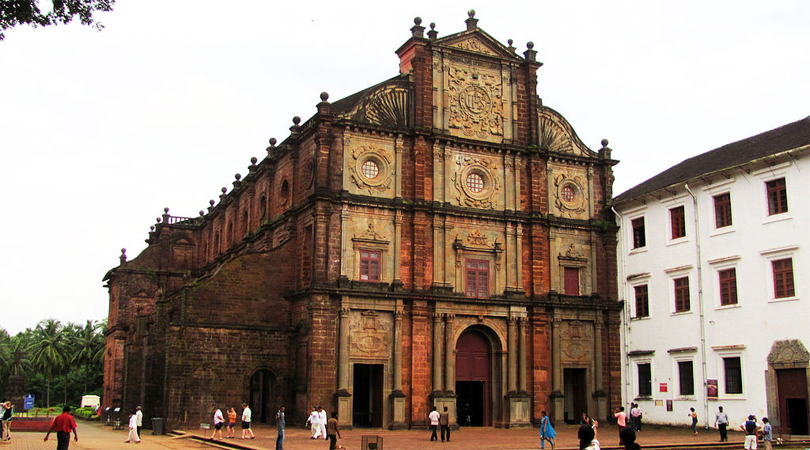
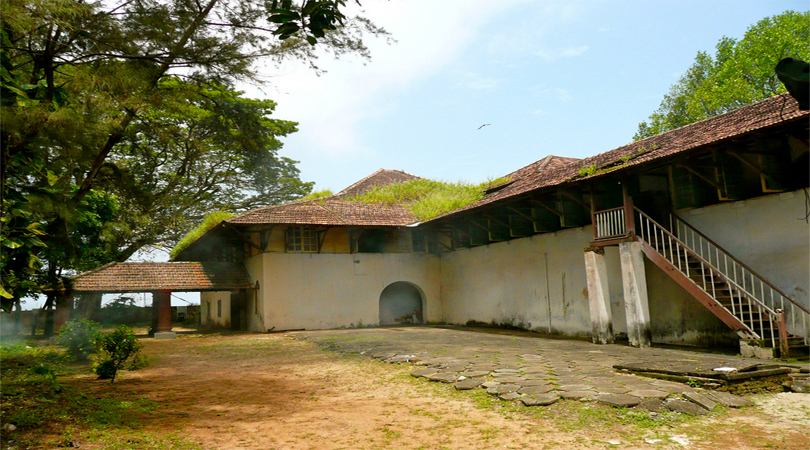
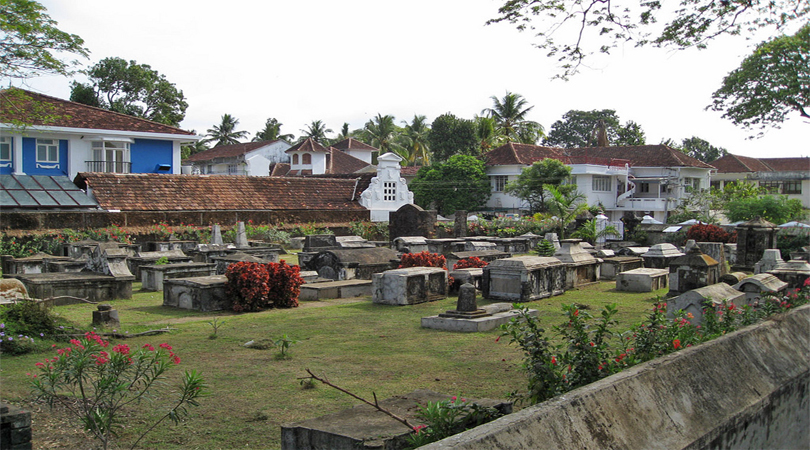

You must be logged in to post a comment.